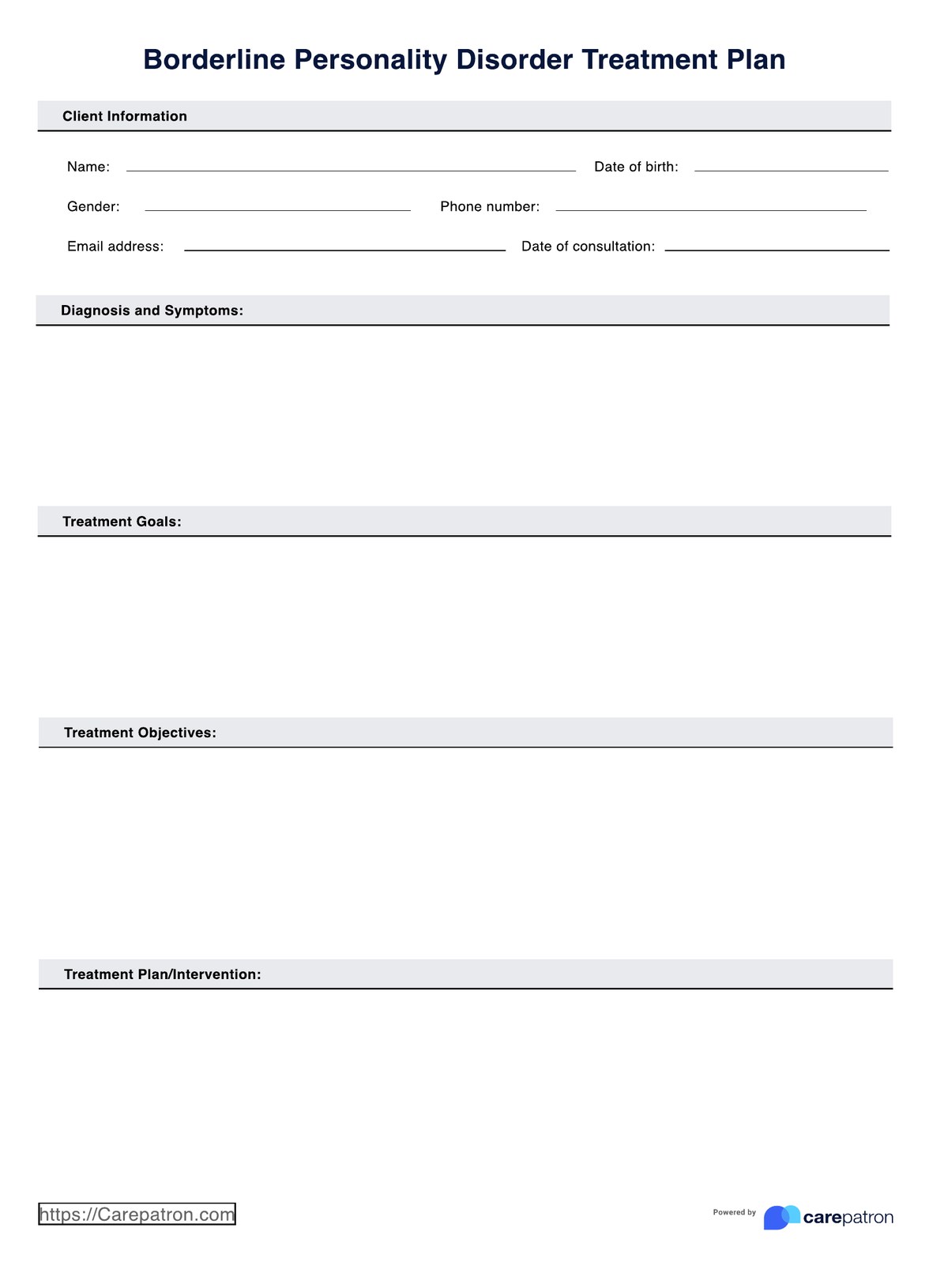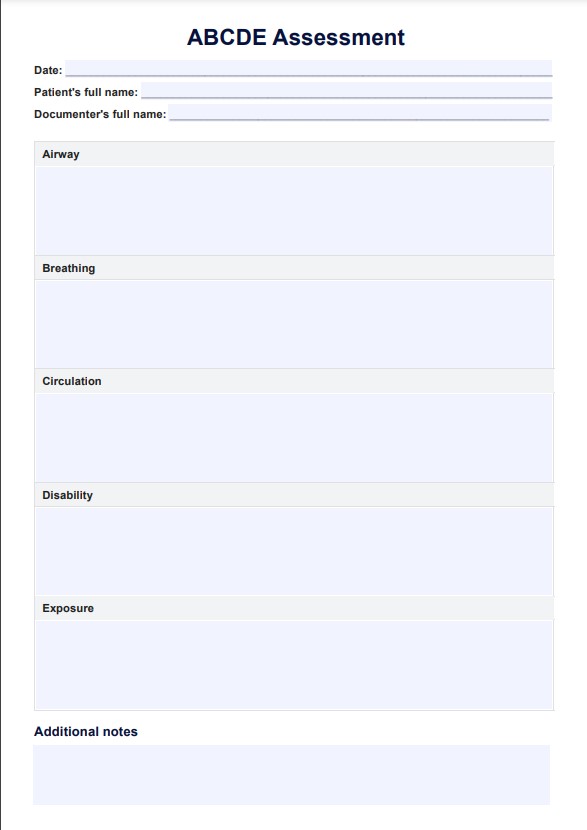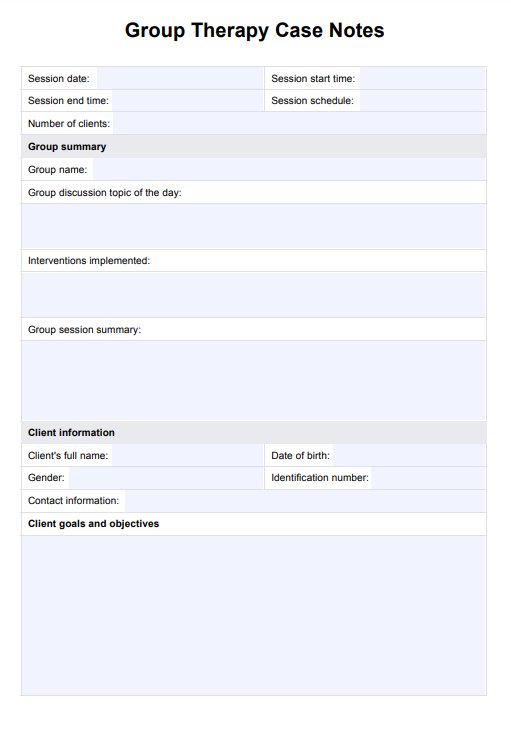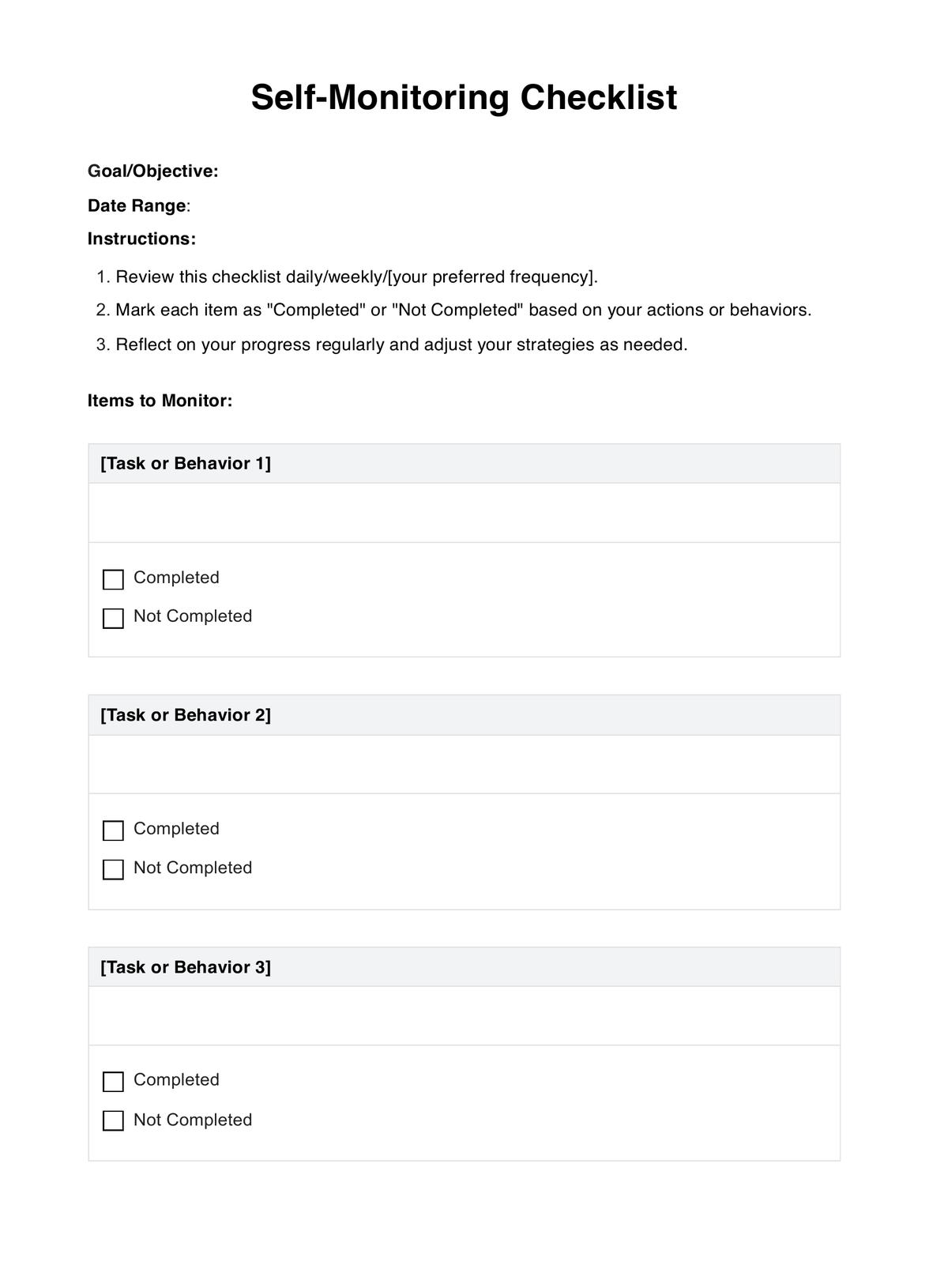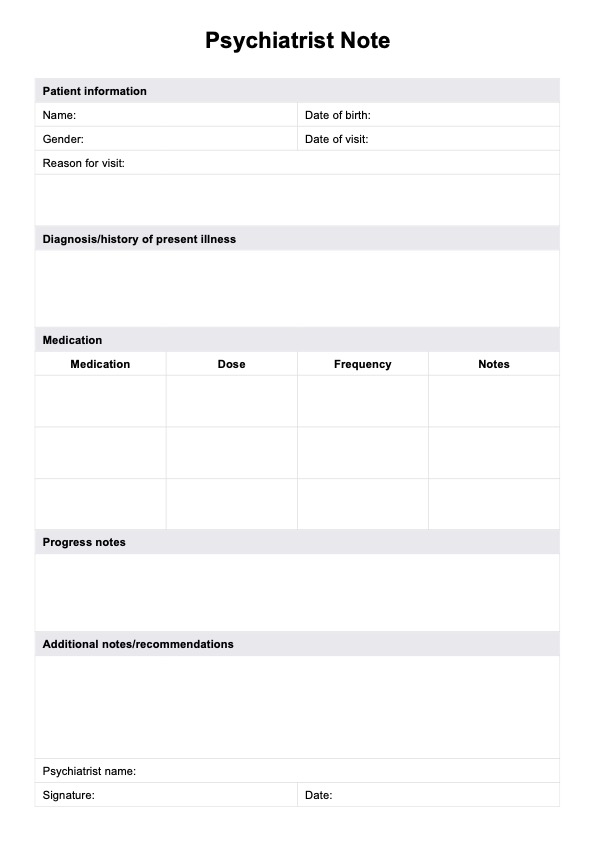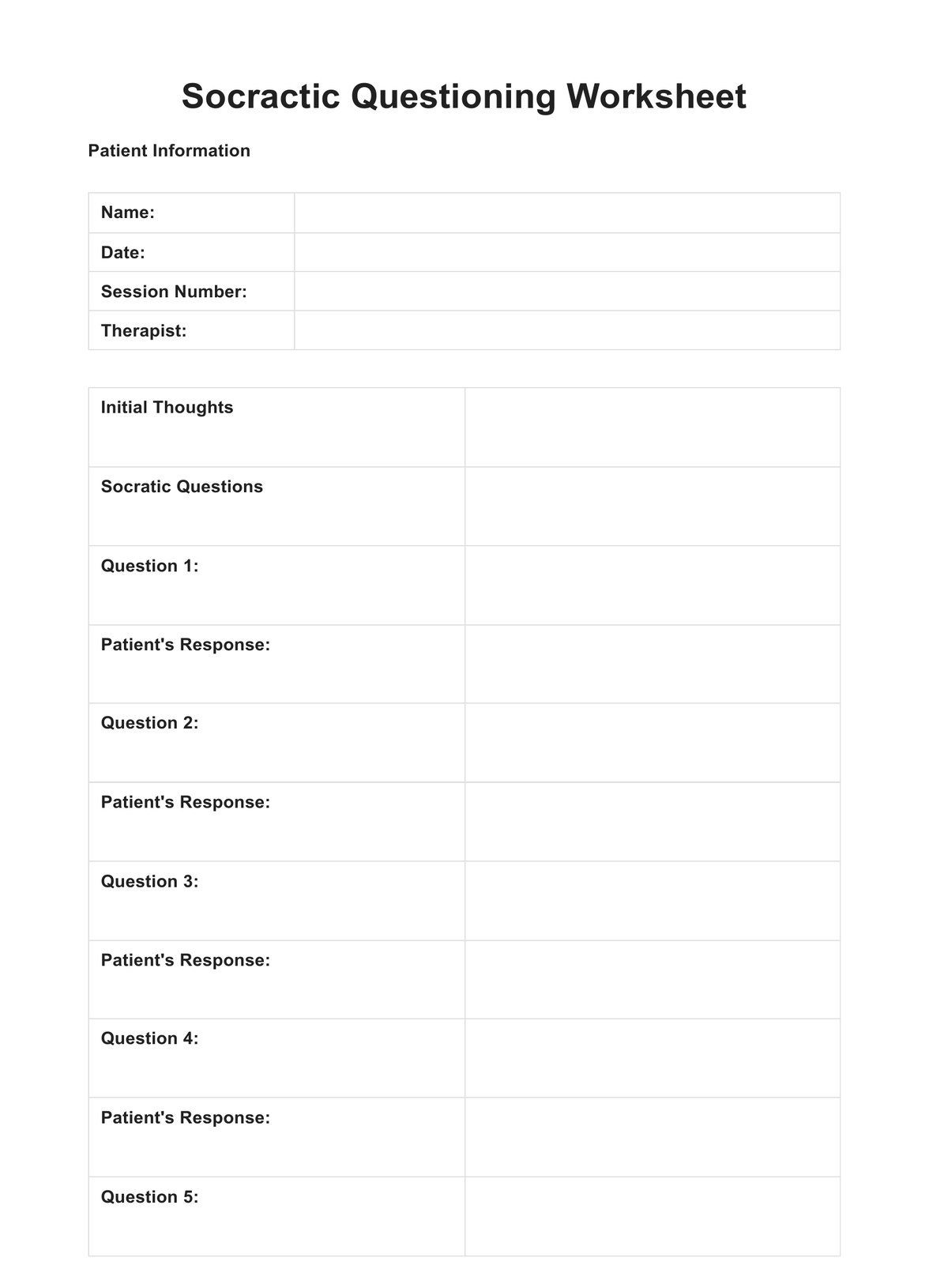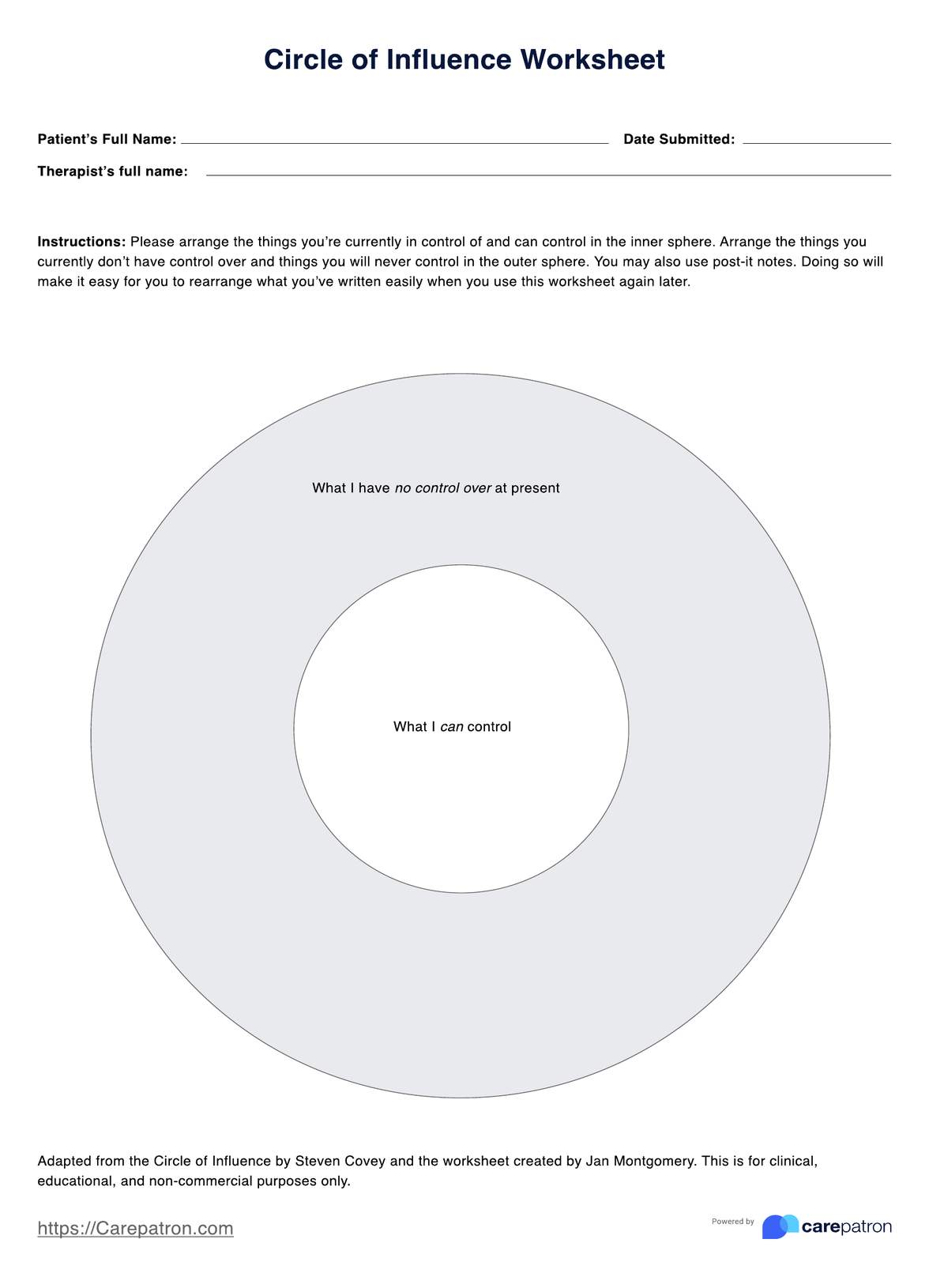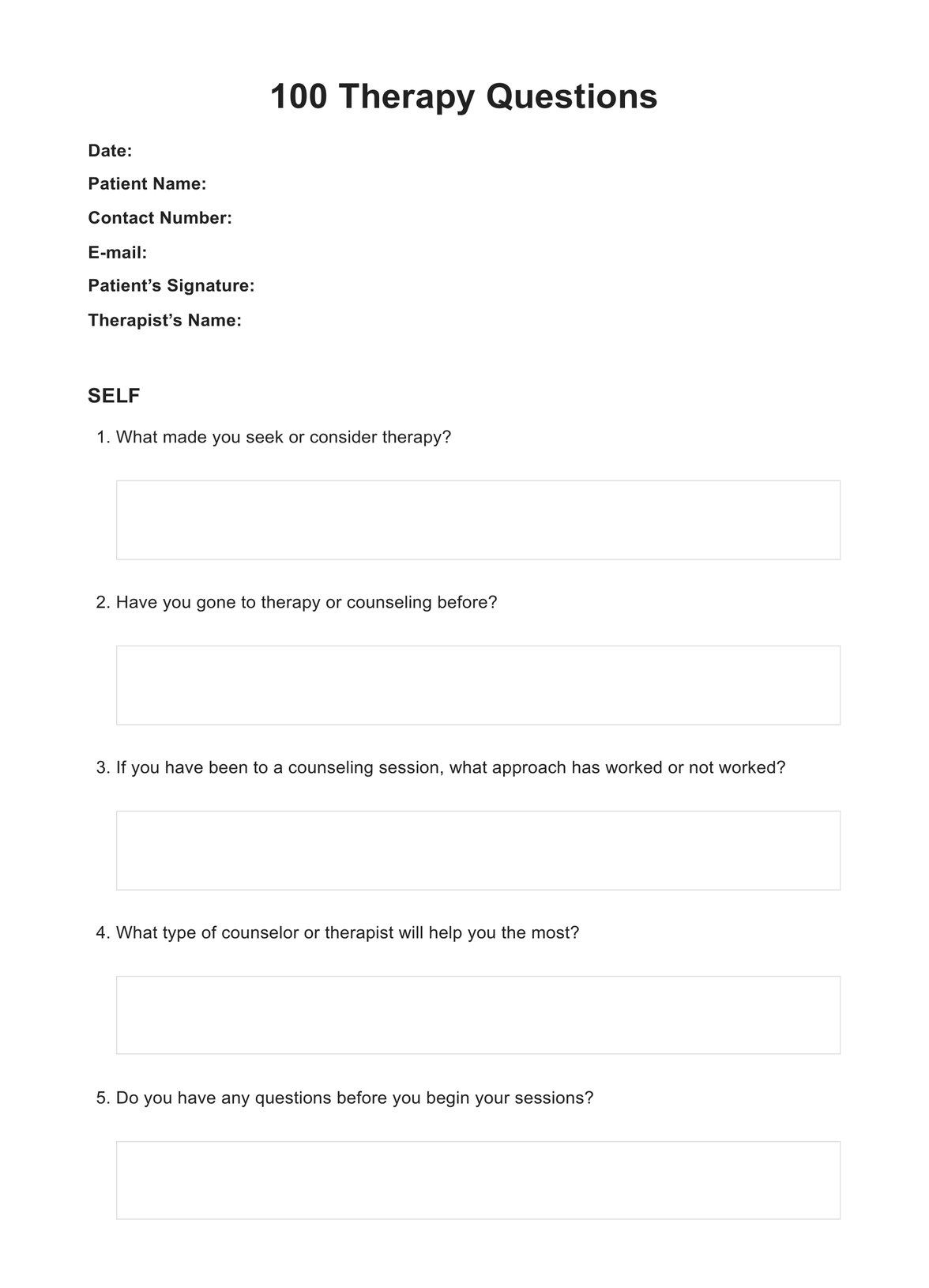Cold
Ensure your health with a comprehensive Cold Test – the key to early detection and prevention. Trust us for healthcare excellence.


What is a Cold Test?
A Cold Test, within a healthcare context, is a diagnostic procedure used to assess a patient's response to cold stimuli, typically concerning neurological or vascular functions. Healthcare practitioners often employ this test as part of a broader clinical assessment to evaluate a patient's sensory perception, vascular function, or neurological integrity.
The Cold Test involves applying a controlled cold stimulus to a specific area of the body, often the extremities, to observe how the patient's body reacts. This stimulus can be administered using various methods, such as ice packs, cold water immersion, or specialized cold probes.
Here's a breakdown of the key aspects of a Cold Test:
- Purpose: Cold Tests serve various purposes in healthcare. They can help diagnose conditions like Raynaud's disease, diabetic neuropathy, and certain nerve disorders. Additionally, they aid in assessing the functionality of the autonomic nervous system, vascular response, and peripheral nerve function.
- Procedure: During the test, the practitioner carefully applies the cold stimulus to the targeted area, and the patient is asked to report their sensations, including any discomfort, pain, or numbness. This feedback is crucial in determining the integrity of the sensory and neural pathways.
- Interpretation: Healthcare providers interpret the patient's responses to the cold stimulus. For example, a prolonged or abnormal reaction may indicate nerve damage or impaired blood flow, which can guide further diagnostic investigations and treatment plans.
- Clinical Utility: Cold Tests are valuable tools for healthcare practitioners because they can aid in early detection and intervention of various medical conditions. By promptly identifying sensory or vascular abnormalities, healthcare providers can offer timely treatments to improve patient outcomes.
A Cold Test is a diagnostic tool used by healthcare practitioners to evaluate a patient's sensory perception, vascular function, and neurological integrity. It involves applying a controlled cold stimulus to assess the patient's response, providing critical insights into their overall health, and helping diagnose a range of medical conditions related to nerve function and blood flow. This test plays a vital role in the comprehensive assessment of patients and informs treatment strategies tailored to individual healthcare needs.
Cold Template
Cold Example
How does it work?
A Printable Cold Test form is a valuable tool for healthcare practitioners to assess a patient's sensory perception and vascular function in response to cold stimuli. Here's an explanation of how it works and the steps involved in using or filling out this form.
How It Works:
Accessing the Form
Healthcare practitioners can access a Printable Cold Test form from their clinic's or healthcare facility's internal resources. These forms are often available in digital format for easy printing.
Patient Information
The form typically starts with sections to input essential patient information, including their name, date of birth, gender, and any relevant medical history, such as known neurological or vascular issues. This information is crucial for proper patient identification and evaluation.
Test Date and Location
The date of the Cold Test and the location (clinic or healthcare facility) where it was conducted are recorded on the form. This information ensures accurate documentation and tracking of the test results.
Preparation
The practitioner prepares the patient for the Cold Test by explaining the purpose and procedure clearly and understandably. Informed consent ensures the patient's understanding and willingness to participate.
Selection of Test Site
The practitioner chooses a specific body area for the cold stimulus application based on the patient's symptoms or the clinical question. Common test sites include fingers, toes, or forearms.
Baseline Sensation Assessment
Before applying the cold stimulus, the patient is asked to describe their baseline sensation in the selected area. This establishes a reference point for evaluating any changes during the test.
Cold Stimulus Application
The practitioner applies a controlled cold stimulus to the chosen body area, such as an ice pack wrapped in a cloth. They maintain contact for a specified duration, typically 1-2 minutes.
Patient Feedback
During the test, patients are encouraged to report any sensations they experience, including coldness, discomfort, numbness, or pain. This real-time feedback is documented on the form.
Printable Cold Test forms are crucial in standardizing and documenting the assessment process. They enable healthcare practitioners to systematically gather data, interpret test results, and make informed decisions about patient care. By following these steps and accurately recording patient responses, practitioners can better evaluate sensory perception and vascular function, aiding in diagnosing and managing various medical conditions.
When Would you use this Test?
The Cold Test is a valuable diagnostic tool used by healthcare practitioners, particularly neurologists, vascular specialists, and general practitioners, to evaluate a patient's sensory perception and vascular responsiveness to cold stimuli. This test is especially appropriate when there is a suspicion of neuropathy, vascular disorders, or autonomic nervous system dysfunction.
Diagnosis of Neuropathy:
The Cold Test is highly appropriate when assessing patients suspected of peripheral neuropathy, a condition characterized by damage to the peripheral nerves, often caused by diabetes, alcohol abuse, or other underlying medical conditions. Neuropathy can manifest as altered sensations, including abnormal responses to temperature changes. The Cold Test helps detect these abnormalities, aiding in early diagnosis and appropriate management.
Evaluation of Vascular Function:
Vascular specialists frequently utilize the Cold Test to assess the vascular responsiveness of patients, especially in cases of suspected vascular disorders such as Raynaud's phenomenon. Raynaud's is a condition where certain extremities, like fingers and toes, experience reduced blood flow in response to cold or stress. By using the Cold Test, practitioners can observe the vasoconstrictive response to cold, assisting in the diagnosis and treatment planning for patients with vascular issues.
Monitoring Neuropathy in Diabetic Patients:
Given that diabetes often leads to neuropathy, the Cold Test is an appropriate tool for regular monitoring of diabetic patients. Diabetes-induced neuropathy can cause altered sensations, making tracking changes in sensory perception over time essential. Regular Cold Tests can help healthcare providers assess the progression of neuropathy and adjust treatment plans accordingly.
Research and Clinical Studies:
Researchers and clinical trial investigators use the Cold Test as a standardized method for evaluating sensory and vascular responses in study participants. This helps understand the effects of specific treatments or medications on sensory perception and vascular function, providing valuable insights for drug development and medical advancements.
What do the Results Mean?
The results of a Cold Test, often used to assess sensory perception and vascular responsiveness, can provide essential insights into a patient's health. Understanding common results and their implications is crucial for healthcare practitioners. Here's a description of common results and their meanings in a Free Cold Test:
Normal Response:
A typical response to a Cold Test indicates that the patient's sensory perception and vascular responsiveness in the tested area are within the expected range. This suggests that the patient's peripheral nerves function properly, and their blood vessels respond appropriately to temperature changes. No immediate concerns are raised based on this result.
Delayed Sensation or Discomfort:
If the patient reports a delayed sensation of cold or discomfort during the test, it may suggest impaired sensory perception or vascular response. Delayed sensation could indicate neuropathy or reduced blood flow in the tested area. Further evaluation may be necessary to determine the underlying cause and appropriate treatment.
Numbness or Tingling:
Sensations of numbness or tingling during the Cold Test may point to nerve-related issues. Numbness or tingling may indicate sensory nerve damage or dysfunction. This result warrants further investigation to assess the extent of nerve involvement and identify potential causes, such as diabetes-related neuropathy.
Pain or Intense Discomfort:
If the patient experiences pain or intense discomfort during the test may indicate significant sensory abnormalities or vascular problems. Pain during the Cold Test could suggest severe nerve damage or impaired blood flow. Immediate attention and further diagnostic tests may be needed to determine the cause and develop a suitable treatment plan.
No Response to Cold:
A lack of response to the cold stimulus could signal complete sensory loss or vascular insufficiency. No response to cold is a concerning result, indicating potential severe neuropathy or vascular occlusion. Urgent medical evaluation is necessary to identify the underlying issue and initiate appropriate interventions.
Research & Evidence
As a diagnostic tool for evaluating sensory perception and vascular responsiveness, the Cold Test has a well-established history supported by research and evidence within the healthcare field.
The concept of assessing sensory and vascular responses to cold stimuli has been present in medical practice for decades. Research and evidence in this area have contributed to our understanding of various conditions, including neuropathies, vascular disorders, and autonomic nervous system dysfunction.
The origins of cold sensitivity tests date back to the mid-20th century, where clinicians began to use cold stimuli to evaluate sensory and vascular function in patients with suspected neuropathies or vascular disorders.
Numerous clinical studies and research articles have explored the diagnostic utility of the Cold Test in conditions like diabetic neuropathy (Vinik et al., 2016) and Raynaud's disease (Herrick, 2018).
Researchers have used objective measures, such as nerve conduction studies and thermography, to validate the findings of the Cold Test (Rüger et al., 2020).
Professional medical organizations, such as the American Diabetes Association (ADA) and the European League Against Rheumatism (EULAR), have incorporated sensory perception tests like the Cold Test into their guidelines for diagnosing and managing neuropathies and vascular disorders (ADA, 2018; Herrick et al., 2020).
Technological advances have enabled the development of more sophisticated cold sensitivity tests, such as computerized thermography, which provide quantitative data and enhance diagnostic accuracy (Granot & Lerner, 2019).
Healthcare practitioners rely on this tool, often in conjunction with other diagnostic methods, to assess sensory perception and vascular responsiveness and make informed decisions regarding patient care.
References
ADA. (2018). 11. Microvascular Complications and Foot Care: Standards of Medical Care in Diabetes—2018. Diabetes Care, 41(Supplement 1), S105-S118.
Granot, D., & Lerner, A. (2019). Non-invasive evaluation of neuropathic sensory symptoms using computerized cold sensory thresholds in peripheral neuropathy. European Journal of Neurology, 26(1), 130-135.
Herrick, A. L. (2018). The diagnosis of Raynaud’s phenomenon: When and how to use nailfold capillaroscopy. Practical Rheumatology, 21(5), 48-52.
Herrick, A. L., et al. (2020). Diagnosis and management of Raynaud's phenomenon. BMJ, 370, m2751.
Rüger, J., et al. (2020). Correlations between contact thermography and Cold Intolerance Symptom Severity in hand injuries with complex regional pain syndrome 1. Burns, 46(7), 1653-1659.
Vinik, A. I., et al. (2016). Diabetic neuropathy: Clinical manifestations and current treatments. The Lancet Neurology, 15(9), 917-930.
Commonly asked questions
Cold Tests are performed to evaluate and diagnose conditions such as neuropathy, vascular disorders, Raynaud's disease, and autonomic nervous system dysfunction by assessing the patient's response to temperature changes.
Common test sites include the fingers, toes, and forearms. However, the specific site may vary depending on the patient's symptoms and the clinical question being addressed.
Results can vary, but a normal response suggests that sensory and vascular function in the tested area are within the expected range. Abnormal responses may indicate neuropathy, vascular issues, or nerve damage.



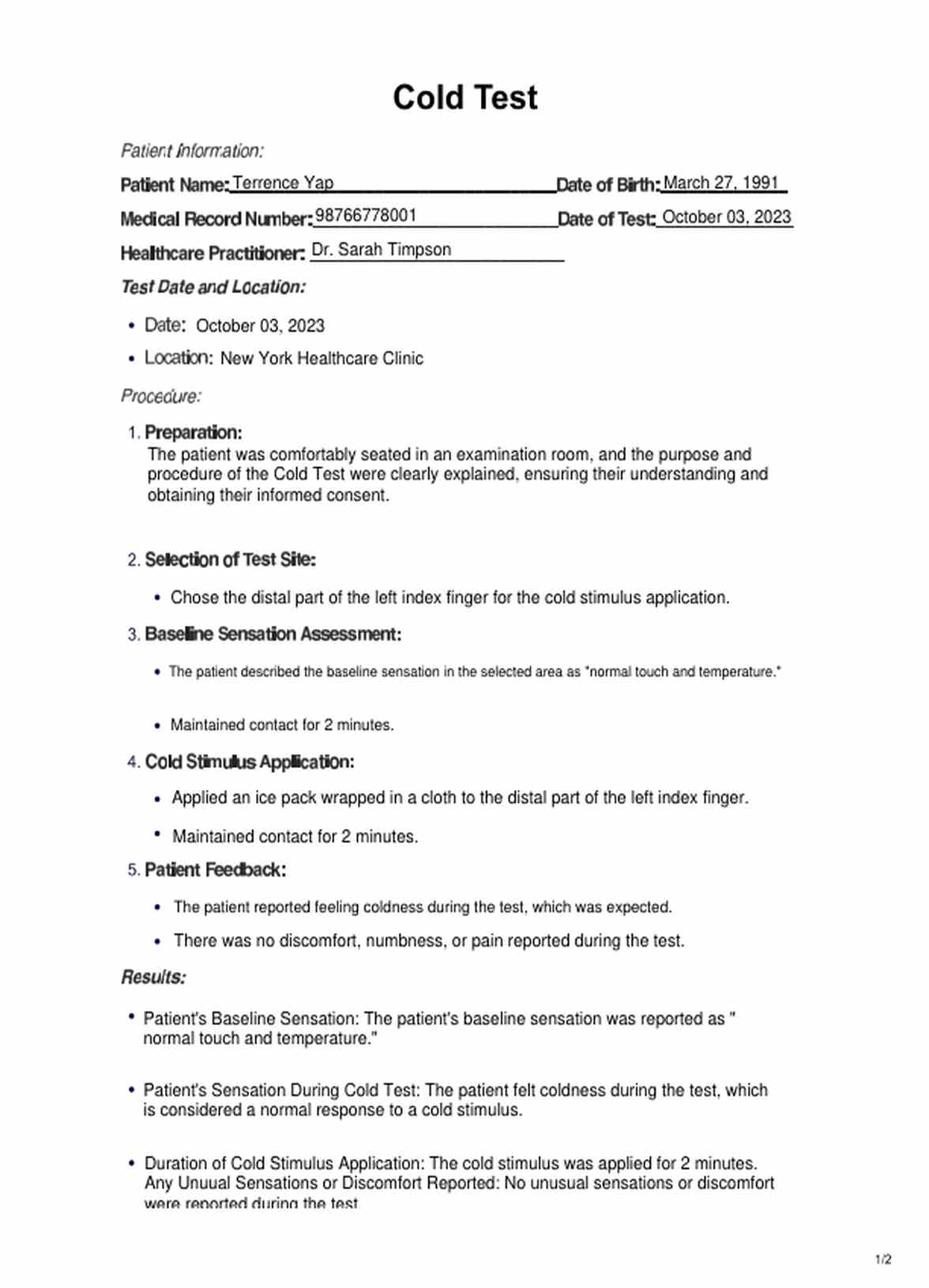

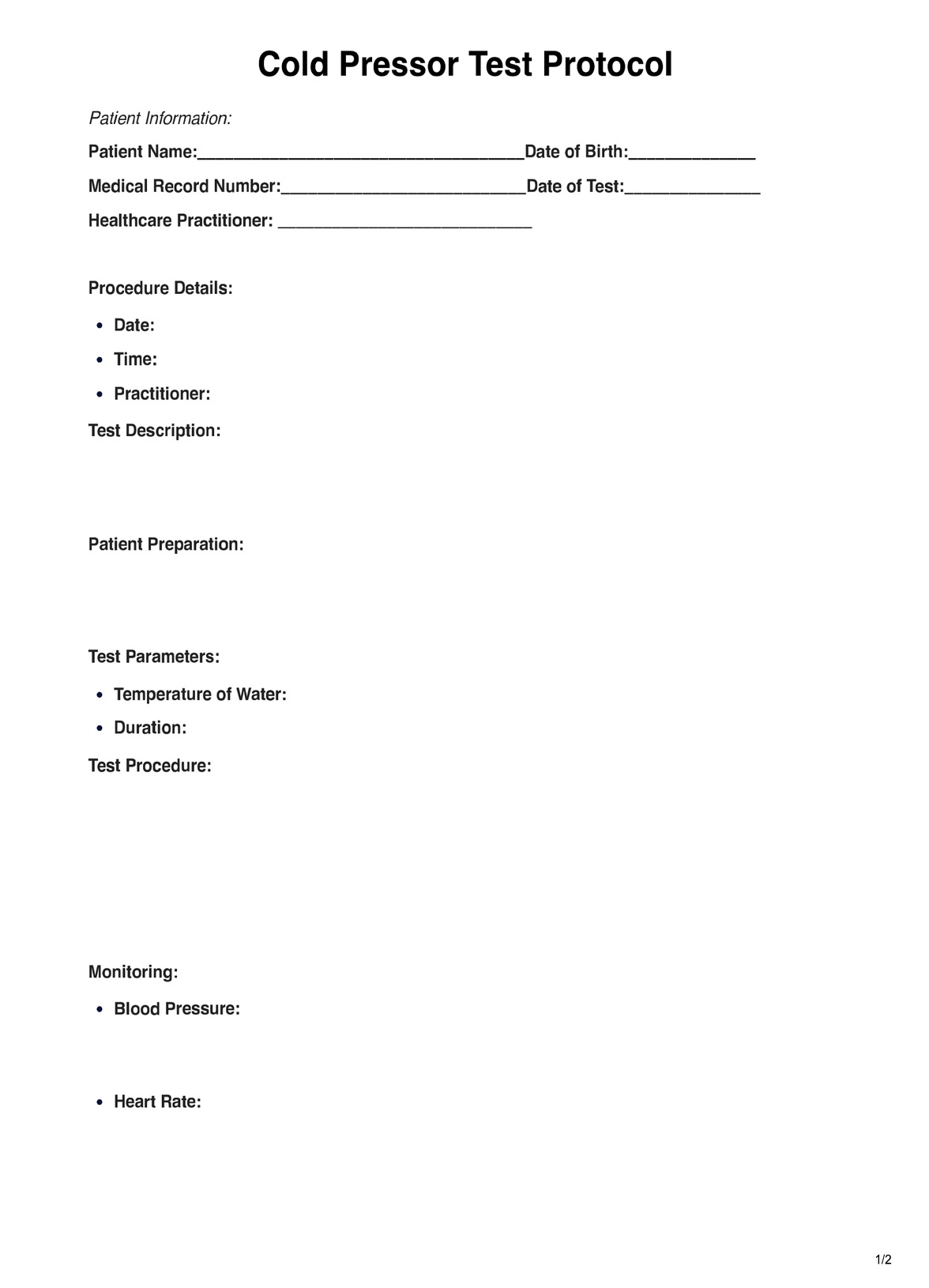


















-template.jpg)
















































































